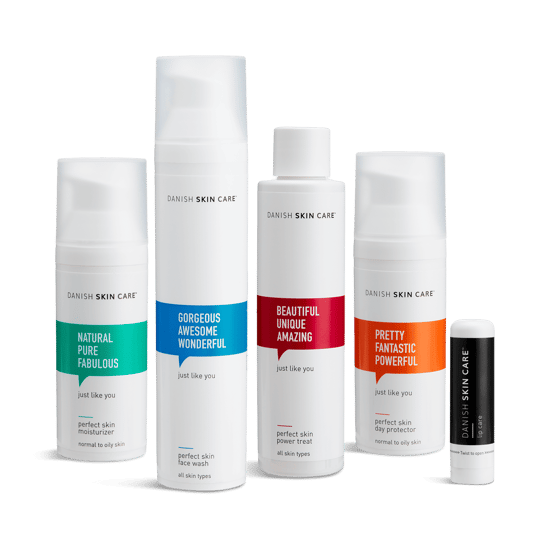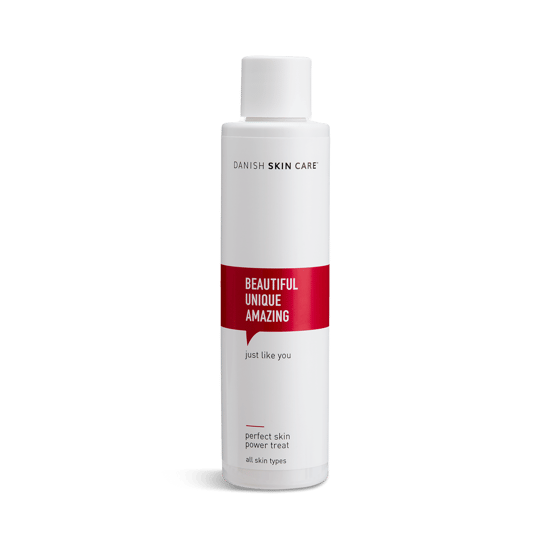Proper sun protection - super simple!
Free guide to the jungle of sunscreen and sun protection. Keep track of how you best buy sunscreen and properly apply sun protection products
The contents of the article:
Guide to the jungle of sunscreens
Are you confused about sunscreen?
Are you unsure if you use sunscreen correctly?
Are you tired of the variety of contradictory information about SPF?
You are not alone!
Water-Resistant, UVA, UVB, SPF, aftersun, physical or chemical, factor 15 or factor 50
Sunscreen is a jungle – and many don’t understand the sunscreen “language.”
Ready to pass?
Here your guide to understanding sunscreen.
Follow these 10 guidelines and you will be well-protected!
SPF (Sun Protection Factor)
SPF tells of the product’s protection against the sun’s UVB rays and is an indication of time you can be in the sun before you get burned.
UVA & UVB
SPF (SPF) only tells you about UVB rays.
Always check that the sunscreen has UVA protection! UVA rays are the sun’s rays that penetrate farthest into the skin (causing wrinkles, skin cancer, and so on).
Water-resistant sunscreen
Does not exist! A sales pitch!
Sweat and water will break down / degrade sunscreen.
Always reapply sunscreen after perspiring, swimming, bathing, etc.
Physical sunscreens
This is one type of sunscreen. The second is the chemical (see below). The difference is found in how it behaves in the skin.
Physical sunscreen lies on top of the skin, a bit like a membrane, and is the least irritating sunscreen for the skin. At the same time it is also, for some people, the most clogging.
Chemical sunscreens
Penetrates the skin and is much less occlusive to the skin. To be effective, it must be applied at least 20 minutes before the skin is exposed to the sun.?
Sunscreen for Children
Children and adults can easily use the same sunscreen!
Physical sunscreen is recommended for children, as children’s sensitive skin should not be exposed to chemical sunscreens – and children aren’t apt to have pimples and other skin impurities.
SPF 15, 30, or 50?
SPF 15 protects against 95% of the sun’s UVB rays. SPF 30 protects against 97% of the sun’s UVB rays. Higher protection is not possible.
The higher the factor, the greater the irritation to the skin, so choose SPF 15 to 30.
Sunscreen consumption / quantity
The correct amount of cream is different from person to person, because everyone is a different weight and size and their skin is different.
Butter up with sunscreen, so you can still feel the sunscreen 5 to 10 minutes after you have applied it.
When you apply it, use 20% more than you you think you need. You need a lot more than you might expect!
You don’t want your skin to feel dry immediately after the sunscreen is applied, but you should not feel oily and sticky after 5 to 10 minutes. The sunscreen shouldn’t look white on your skin,which suggests it is poor sunscreen.
You must use an amount such that it takes a minimum of 5 minutes for the cream to be absorbed by the skin.
Day Cream with SPF
If there is sunscreen (UVA / UVB) in your day cream, you do not need to use sunscreen on top of it.
Year round!
UVA rays are the longest rays, which penetrate deeply into the skin and cause the most damage (wrinkling, skin cancer, etc.). UVA rays are also so strong that we must protect ourselves from them all year (even on a gray, rainy day). Theycan even penetrate windows and car windows. You should pull the shades and use a sun hat, sunglasses, and protective clothing when the sun is at its peak.
Danish Skin Care recommends SPF 30 in proper quantity! It provides the least risk of irritation to the skin.
Perfect Skin Day Protector
Product recommendations
Comments



